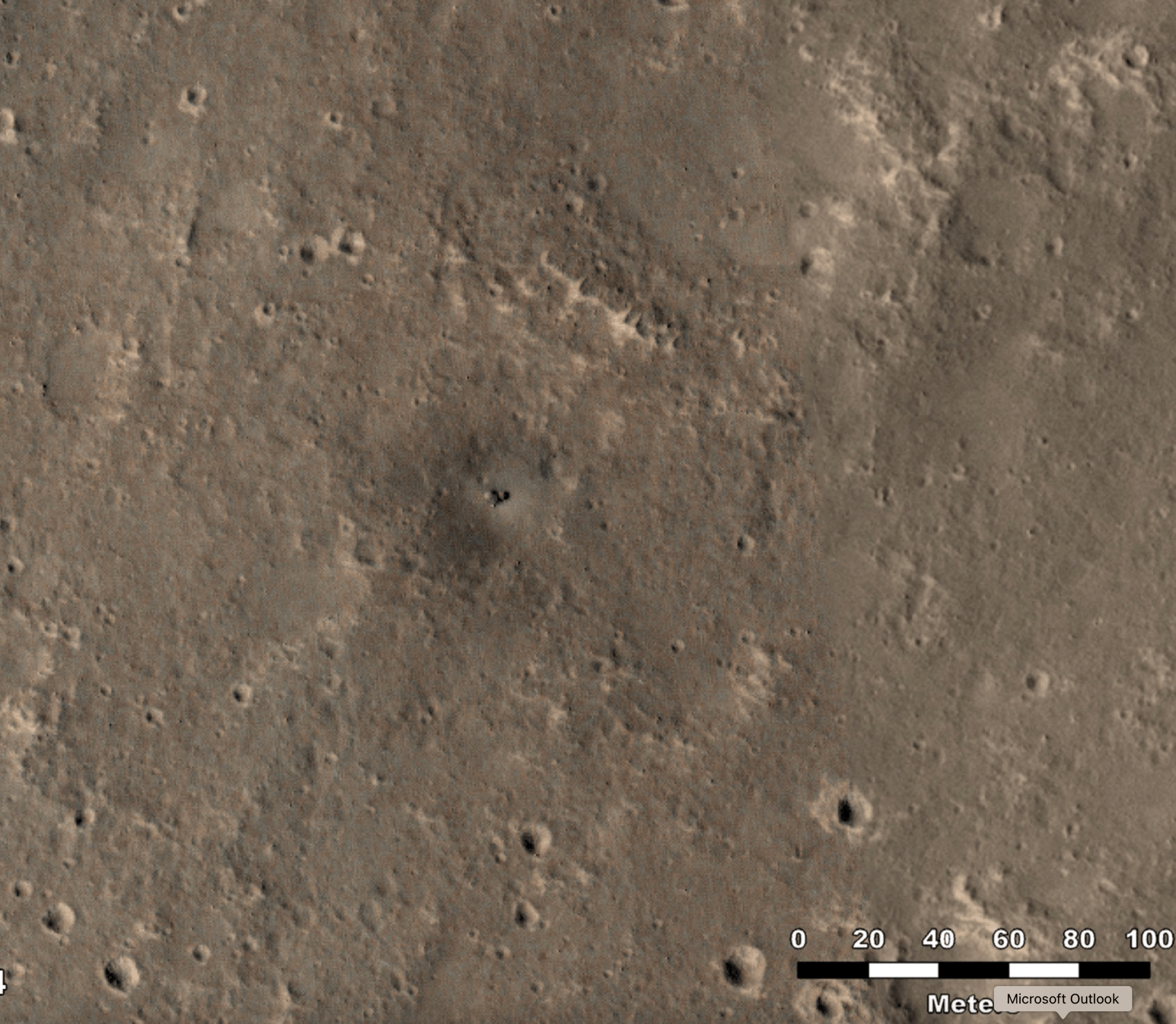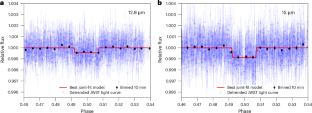2024-12-16 NASA
 Seen at the center of this image, NASA’s retired InSight Mars lander was captured by the agency’s Mars Reconnaissance Orbiter using its High-Resolution Imagine Science Experiment (HiRISE) camera on Oct. 23, 2024.
Seen at the center of this image, NASA’s retired InSight Mars lander was captured by the agency’s Mars Reconnaissance Orbiter using its High-Resolution Imagine Science Experiment (HiRISE) camera on Oct. 23, 2024.
NASA/JPL-Caltech/University of Arizona
NASAのマーズ・リコネッサンス・オービター(MRO)は、2022年12月に運用を終了したInSight着陸機を撮影し、火星の塵の動きを研究しています。MROの高解像度カメラHiRISEは、InSightの着陸地点を定期的に撮影し、時間経過による塵の堆積や除去のパターンを観察しています。これにより、火星の大気中の塵の移動や気象パターンの理解が深まります。InSightの運用中、太陽電池パネルへの塵の蓄積がエネルギー供給の低下を引き起こし、最終的にミッション終了の一因となりました。MROによる観測は、将来の火星探査ミッションの設計や運用に役立つ重要なデータを提供しています。
<関連情報>
- https://www.nasa.gov/missions/insight/nasa-mars-orbiter-spots-retired-insight-lander-to-study-dust-movement/
- https://tiisys.com/blog/2022/09/20/post-111392/
New images taken from space show how dust on and around InSight is changing over time — information that can help scientists learn more about the Red Planet.
NASA’s Mars Reconnaissance Orbiter (MRO) caught a glimpse of the agency’s retired InSight lander recently, documenting the accumulation of dust on the spacecraft’s solar panels. In the new image taken Oct. 23 by MRO’s High-Resolution Imaging Science Experiment (HiRISE) camera, InSight’s solar panels have acquired the same reddish-brown hue as the rest of the planet.
After touching down in November 2018, the lander was the first to detect the Red Planet’s marsquakes, revealing details of the crust, mantle, and core in the process. Over the four years that the spacecraft collected science, engineers at NASA’s Jet Propulsion Laboratory in Southern California, which led the mission, used images from InSight’s cameras and MRO’s HiRISE to estimate how much dust was settling on the stationary lander’s solar panels, since dust affected its ability to generate power.
NASA retired InSight in December 2022, after the lander ran out of power and stopped communicating with Earth during its extended mission. But engineers continued listening for radio signals from the lander in case wind cleared enough dust from the spacecraft’s solar panels for its batteries to recharge. Having detected no changes over the past two years, NASA will stop listening for InSight at the end of this year.
Scientists requested the recent HiRISE image as a farewell to InSight, as well as to monitor how its landing site has changed over time.
“Even though we’re no longer hearing from InSight, it’s still teaching us about Mars,” said science team member Ingrid Daubar of Brown University in Providence, Rhode Island. “By monitoring how much dust collects on the surface — and how much gets vacuumed away by wind and dust devils — we learn more about the wind, dust cycle, and other processes that shape the planet.”



